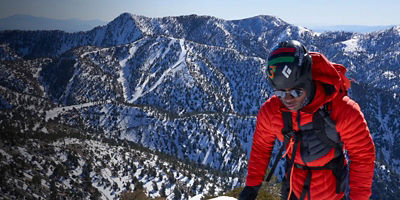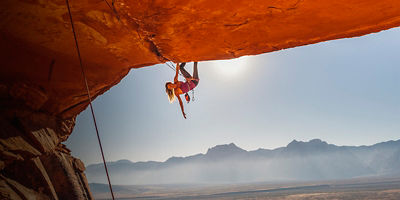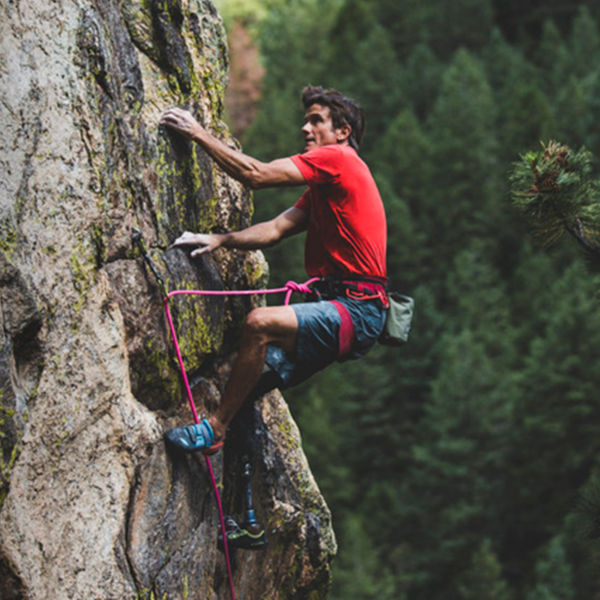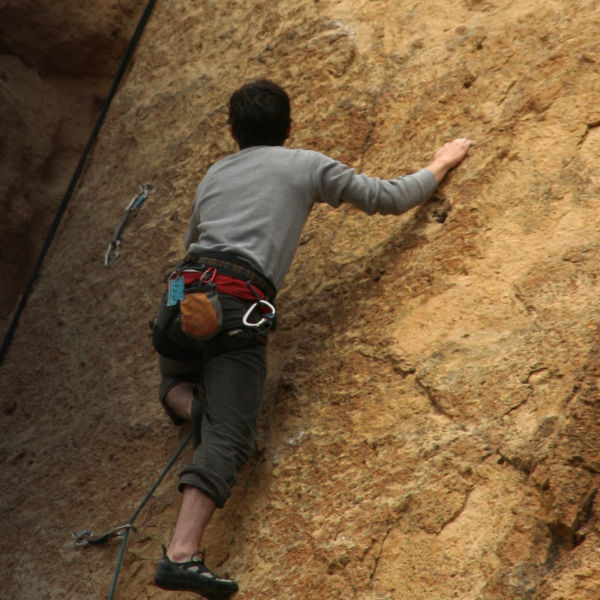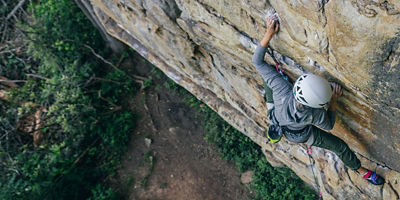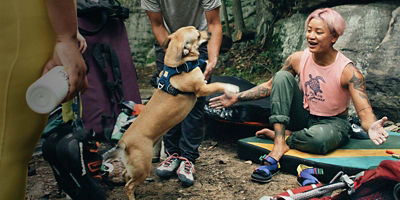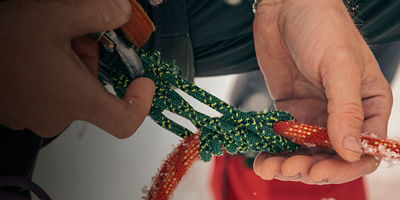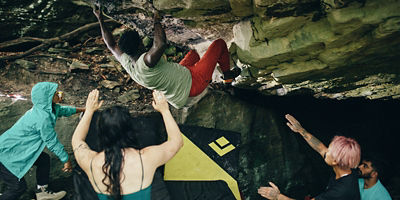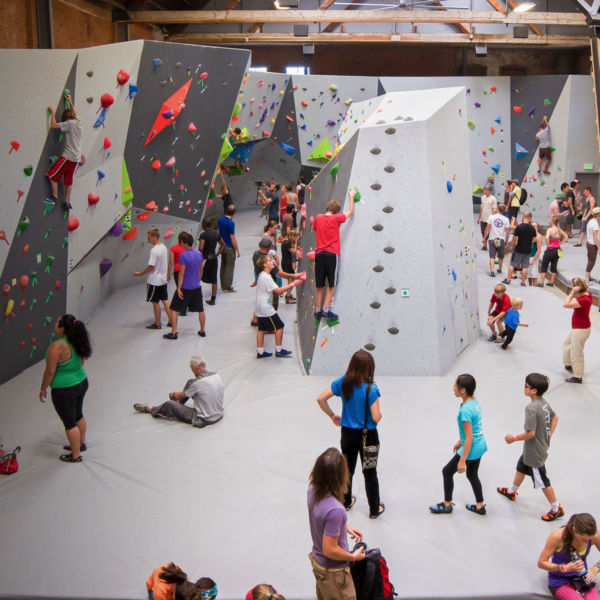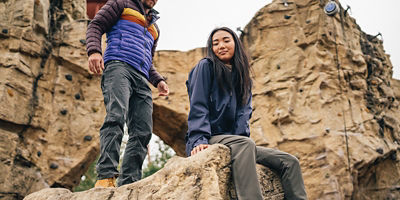
When it comes to climbing, most kids are total naturals. As young as 2, you might catch your child scrambling up the side of the couch or clambering up boulders in a friend’s backyard. The same inclinations that draw kids to climb playground structures and trees can make rock climbing—either indoors or outdoors—a fantastic outlet for an energetic child.
Climbing is also a great way to teach your kid critical life skills. Both bouldering and sport-climbing help children develop problem-solving, communication skills, and self-confidence. Learning to cope with falling and failure is another vital skill that applies to all sorts of life challenges. Ask any adult who started climbing young and you’ll hear much the same: The lessons they learned on the climbing wall served them for the rest of their lives.
But how young is too young? And what are the best ways to make sure your child’s first experiences climbing are fun and safe? The following guidance will cover the best ways to start off on the right foot.
The Right Age To Start Kids Climbing
The short answer is that if kids can walk, they can generally climb.
“There is no age that’s too young for a kid to start climbing,” says Jason Antin, a Colorado-based climbing guide, mountain athlete, and father of two, “as long as they’re having a good time and as long as you feel comfortable with the safety systems.” (Sharing that level of comfort means knowing how to belay or spot your child, set up strong anchors if you’re climbing outside, and manage any other hazards.) By the time Antin’s older daughter, Avery, was 3, the two of them were climbing outside together regularly.
The right age, of course, depends on the child, Antin says. Kids who are more mature and are good listeners can start on the younger side, while kids with shorter attention spans may need to wait until they’re able to follow basic safety commands and stay put rather than wandering near an edge or messing with their safety knot. You also need to make sure your child is big enough to fit securely in a harness.
With any child, Antin says the trick is to ease them into things.
“Kids are natural climbers, but they’re not natural believers in the safety systems like the rope and harness,” he says. “Before we had our girls actually climbing, we would just put the harness on them and let them walk around and hang out in it. Then, when we finished [climbing an outdoor] pitch, we’d rig my daughter up on top-rope a few feet from the ground and let her swing and get her used to what it feels like to be in the harness.” By the time she started climbing, many of the systems felt safe and familiar to her—which let her focus on finding holds and having fun.
Tips for Rock Climbing With Kids
In the beginning, rock climbing can feel a little overwhelming. Here are a few of Antin’s tips for keeping things fun and comfortable every step of the way.
Belay from the top
If you’re rock climbing with kids outside for the first time, have one parent positioned at the top of the route, belaying from above, while the other waits at the ground or climbs alongside your child, Antin suggests. If your child is always moving toward a parent, they’ll feel safer.
Have a plan to get down
For most lowering systems, the climber has to weigh a certain amount for gravity to do its work. For that reason, lowering really lightweight kids can be a challenge, Antin says. Consider tying a tagline to your child’s harness so the adult on the ground can give them a light tug when it’s time to lower, he suggests. Also be sure to practice lowering from a few feet off the ground before it’s time for the real deal; letting go at the top of a climb can be scary for first-timers, for kids and adults alike.
Make it a game
If you’re climbing outside, try hiding toys or treats in rock crevices to make a scavenger hunt, Antin suggests. “The goal isn’t to get to the top or even to climb in general,” he says, “it’s just to keep it fun.”
Let them dictate the agenda
It’s important to listen to your child’s needs and only climb as much as they’re excited about. “Don’t go out with the mindset of going climbing; go out with the mindset of enjoying the rocks,” Antin says. “That might mean hanging out at the base. It might mean swinging. It might mean climbing. Make it fun, and come with low expectations for the amount of climbing you’ll get to do.”
Bring friends
If you have the opportunity to climb with other kids, take it, Antin says. A child alone with their parents can get pouty when things get hard, but two kids together tend to feed off each other's energy and keep things positive and fun.











